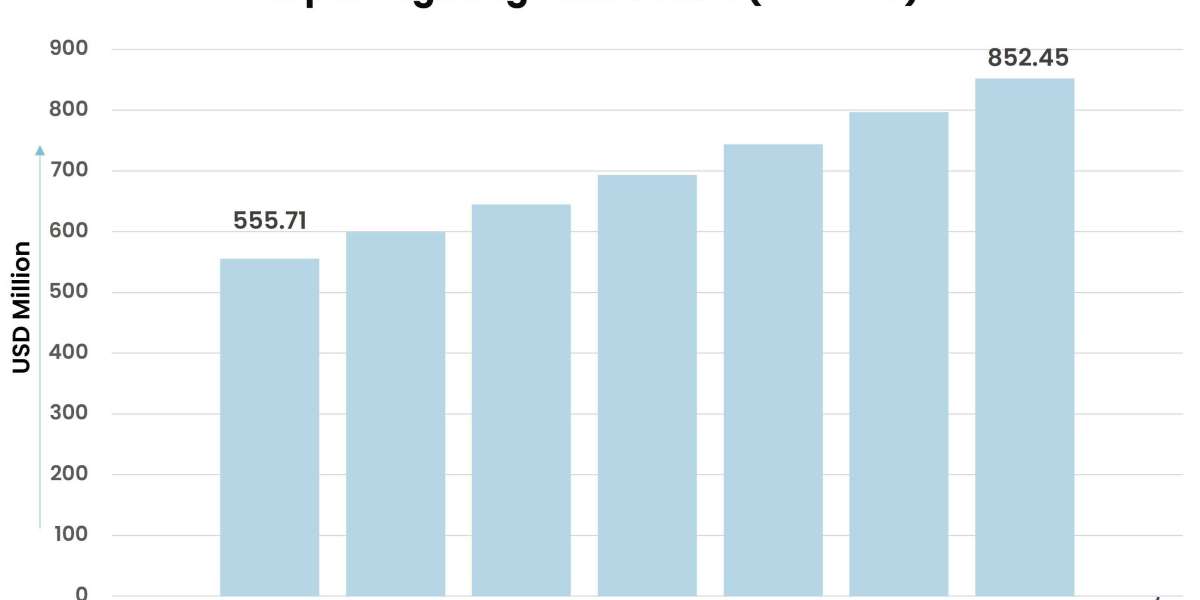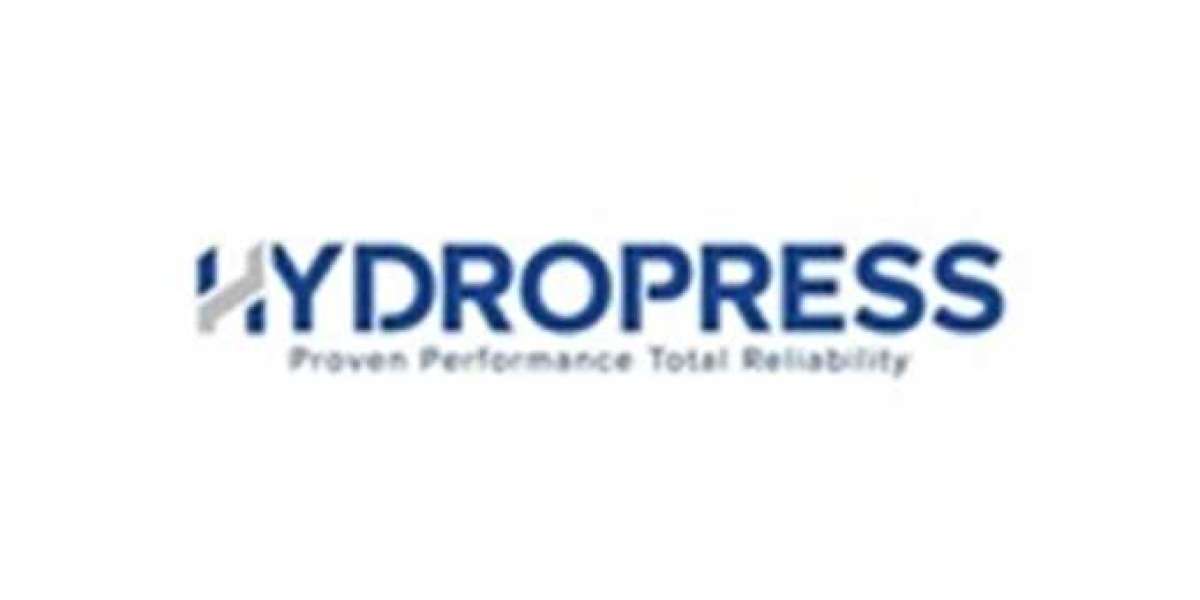Airport lighting is a critical component of the aviation industry, ensuring safe and efficient operations across global airports, especially during low visibility conditions. As airports expand and modernize, the demand for advanced and efficient lighting systems is surging. The airport lighting market is poised for significant growth, driven by evolving market dynamics and emerging opportunities. Understanding these trends is essential for stakeholders in the industry to stay competitive and capitalize on future growth.
According to Stratview Research, the airport lighting market was estimated at USD 555.71 million in 2022 and is likely to grow at a CAGR of 7.3% during 2023-2028 to reach USD 852.45 million in 2028.
Market Dynamics Driving Growth
- Technological Advancements: One of the primary factors driving growth in the airport lighting market is the advancement of lighting technologies. LED lighting, known for its energy efficiency, long lifespan, and low maintenance costs, is becoming the preferred solution for airports worldwide. These systems offer superior visibility, especially in low-light and adverse weather conditions. Additionally, the shift towards smart lighting systems is gaining traction. These systems incorporate automation, allowing airports to adjust lighting levels dynamically based on real-time conditions, such as time of day or weather, further enhancing operational efficiency.
- Increasing Air Traffic and Airport Expansion: The global rise in air travel is another significant factor influencing the airport lighting market. With the number of passengers and flights increasing annually, airports are expanding to accommodate growing traffic volumes. This includes the construction of new terminals, runways, and parking facilities, all of which require robust lighting systems to ensure safe and efficient operations. As new airports emerge in emerging economies, there is also a surge in demand for modern lighting solutions that meet international safety standards.
- Regulatory Compliance and Safety Standards: Strict regulatory standards, particularly those set by the International Civil Aviation Organization (ICAO), continue to influence the evolution of airport lighting. Airports must meet rigorous safety and visibility guidelines to ensure smooth operations and minimize risks. This ongoing regulatory pressure drives investment in high-quality, compliant lighting systems.
Growth Opportunities in the Airport Lighting Market
- Sustainability and Green Initiatives: Sustainability is becoming an increasingly important focus within the airport industry. Airports are seeking energy-efficient lighting solutions that reduce operational costs and minimize their environmental footprint. The adoption of solar-powered lights and LEDs that use less energy aligns with global sustainability goals, opening up opportunities for manufacturers to provide eco-friendly solutions.
- Smart Airports and Integrated Lighting Systems: As airports move toward smarter, more automated operations, the integration of lighting systems with other airport infrastructure is creating new growth prospects. Smart lighting solutions, which connect with air traffic control and weather monitoring systems, can optimize energy use and ensure precise illumination in critical areas like runways and taxiways.
- Upgrading Existing Infrastructure: With many airports operating older lighting systems, there is a significant opportunity to upgrade existing infrastructure. Retrofitting older airports with modern LED and automated lighting systems not only improves safety but also helps reduce long-term maintenance and energy costs.
Conclusion
The airport lighting market is experiencing a transformative phase, with new technologies, growing air traffic, and sustainability initiatives shaping its future. As airports continue to expand and modernize, the demand for advanced, energy-efficient, and smart lighting solutions will only increase. Companies that capitalize on these market dynamics and growth opportunities—by investing in innovative lighting technologies and meeting regulatory requirements—are likely to see significant success in the evolving airport lighting landscape.











